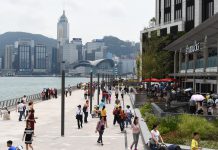Alternative tour operators offer new choices to diversify the city’s tourism offerings
By Lasley Lui & Laurissa Liu
As the slope gets steeper and steeper, the breath-taking sight of Ng Tung Chai Waterfalls comes into sight of Lourdes Peronace, who joins a guided hiking tour in Tai Mo Shan. “It took me just an hour to get here [from the city] and it’s completely different,” says Peronace, who comes from Germany. It is her first expedition in Hong Kong.
Back in her hometown, Hong Kong is portrayed as no more than a metropolitan city. The natural landscape is to her, as to many locals, an unfamiliar scene in Hong Kong.
Tourism is one of the four pillar industries of Hong Kong economy. In 2018, the Mainland remained the largest visitor market for Hong Kong, accounting for 78 per cent of all visitors to the city. The number of Mainland travellers rose by 14.8 per cent last year, while visitors from other markets only went up by 0.6 per cent. While the city is branded as “Asia’s World City” bearing the title of “Shopping and Eating Paradise”, the gem of the city’s natural and cultural sights is unknown to most visitors.
Starting from 2017, the Hong Kong Tourism Board (HKTB) has highlighted “diverse travel experiences” as one of the targets in their annual work plans. For the year 2019/20, the board will focus on promoting “living culture, the outdoor, and the arts” in hope of winning over other travel destinations.
Hong Kong natural beauty
Regarding ecotourism, the HKTB proposes to launch the Great Outdoors Hong Kong 2019: Hong Kong Back Garden platform, which aims to promote Hong Kong’s hidden green treasures to visitors from Europe, America, Japan, and Taiwan. The five themes include geological landscapes in Sai Kung, beaches and reservoirs in Southern District, sunset scenery in Ha Pak Nai and Lau Fau Shan, the biodiversity in Fung Yuen and Hok Tau, and the fishing village in Tai O.
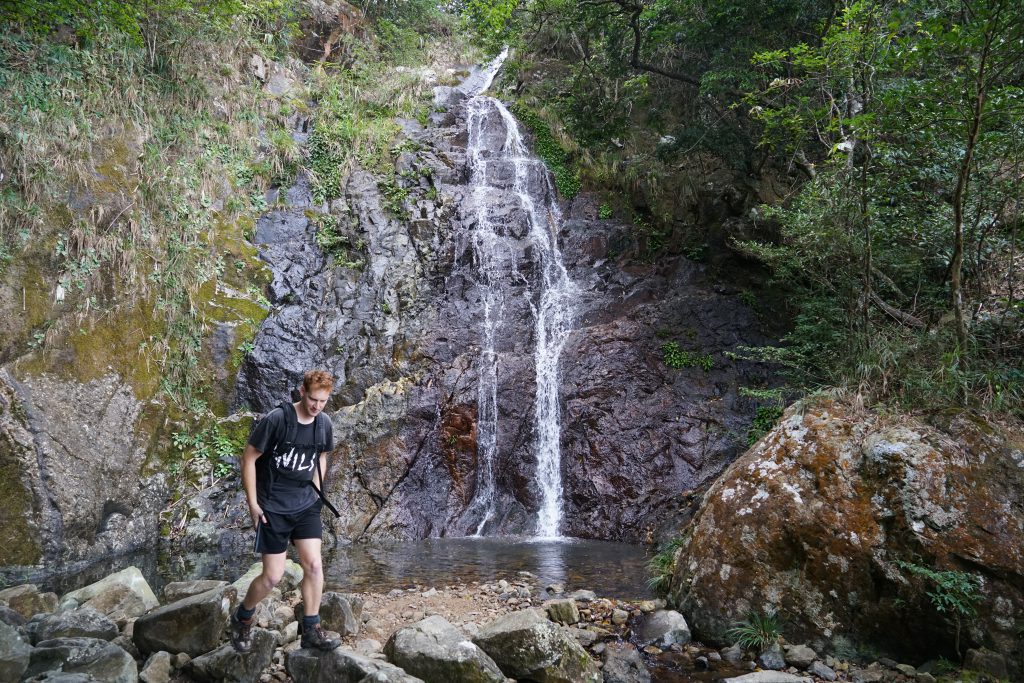
Rory Mackay is a hiking tour guide. He founded Wild Hong Kong, a tour operator which offers guided adventures and eco tours. He believes Hong Kong is a unique travel destination with great potentials to develop ecotourism.
Around 40 per cent of land in Hong Kong is designated as country parks or special areas with a rich diversity of flora and fauna – and all these are just a doorstep away from urban areas. “The contrast, to have a big city, and right next to the big city, not just like one little country park, but so much terrain with it,” Mackay says. “It’s beautiful…[there is] a variety of things you can do as well.”
The ecotourism market in Hong Kong is still in its infant stage. The biggest challenge for start-up tour operators offering niche travel experience is to “get on the map” and to be known to potential clients, as the industry is highly “review-driven”. Websites and online review platforms like TripAdvisor are important channels for brand building and marketing. Mackay says: “It took about three years before we actually have customers.”
Their eco tours are most popular among Western travellers and young professionals aged between 25 and 35, according to his experience in the trade. Alternative tour operators like his are still growing under the mainstream current.
Hong Kong Stories
Ling Ho, who finds travelling experience in Hong Kong unappealing and uninspiring, founded Ho Ho Go Experience Limited in 2014 to explore the niche market of cultural tourism. She thinks the local tourism industry in Hong Kong is monopolised by a few large travel agencies. Her agency organises tailor-made “life tours” which aims to show tourists the unique history and way of living in Hong Kong. Each of its thematic tours tells stories of Hong Kong’s history.
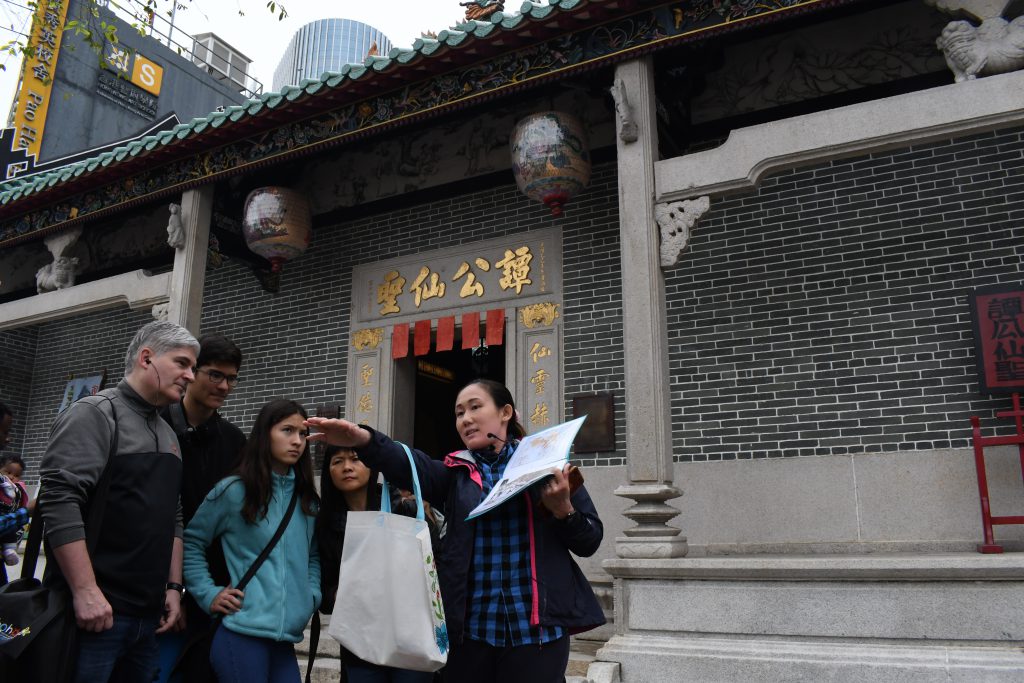
To enrich their tours with meaningful stories, the team has to conduct in-depth research and look for local stories. According to Ho, it is difficult to employ and train a guide who fits the job. They need to keep on developing new routes to avoid their ideas being copied by other operators. “Nowadays everyone claims they are offering cultural tours, but the quality is in question,” she says.
Ho, similarly, finds it hard to survive in the market when she just started as a small operator. In an attempt to gain public recognition, the travel agency joined the New Tour Product Development Scheme under the HKTB. Two of their tours were approved in the sixth and seventh rounds of the scheme in 2016 and 2017 respectively.
Launched in 2012, the scheme aims to boost Hong Kong’s tourism industry by offering unique and diverse travel experiences to tourists. Funded applications will receive marketing and promotion funding support for developing new tour products, while applicants in the non-funded section will enjoy official promotion of their product on the “Explore Hong Kong Tours” promotion platform under the HKTB. So far, the scheme has approved 39 products and attracted the participation of about 50,000 visitors.
“Our Childhood”, one of the theme-based tours offered by Ho, features historic housing estates, and “Bloggers Playground” depicts the nostalgic neighbourhood in Yau Ma Tei. Both tours are two of the approved products in the non-funded section. “Tourists usually rely on official travel websites for information,” Ho says. “So we try to get ourselves onto the list of the Tourism Board to get more exposure.”
Hong Kong arts stories
Suyin Haynes is a guide for Central Street Art Tour organised by Accidental Art, which organises guided art tours and other art related events. The Central Street Art Tour features street arts by Alex Croft, Cleon Peterson, Fin Dac, Matt Gondek, Cath Love, Elsa Jean de Dieu, Rob Sketcherman and so on. As an expatriate from London, she sees Hong Kong as an unusual city with different layers of culture and wishes to share her “version of Hong Kong” with other visitors.
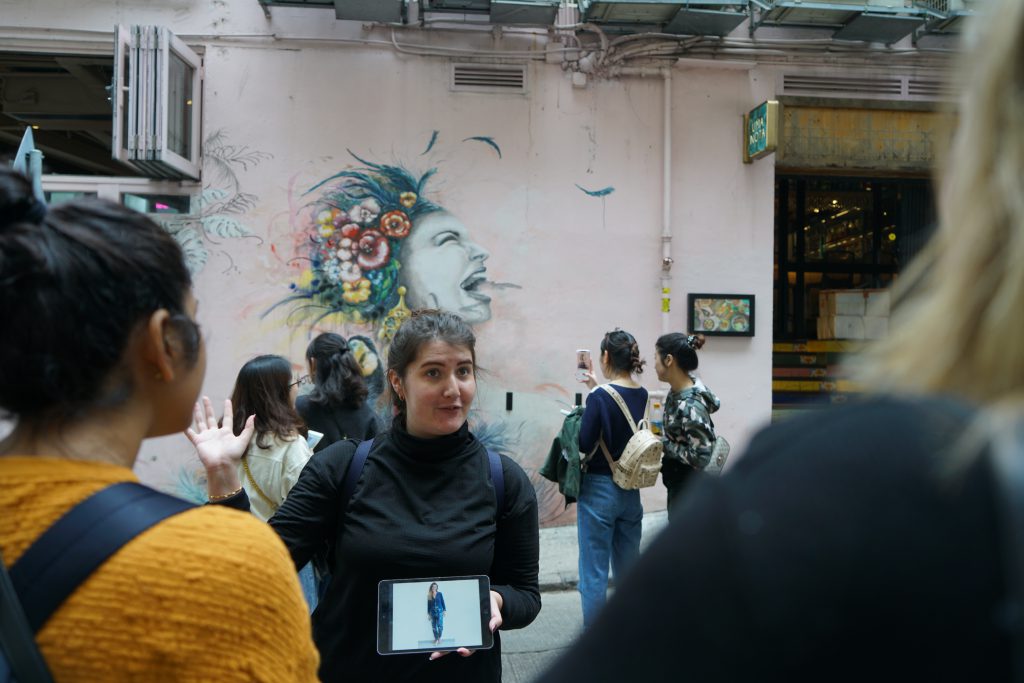
“With each tour guide you get something different,” she says. The walking tours, in her opinion, are unique experience that formulaic travel routines cannot offer. “It’s not just people that wanna come and take the photo for Instagram,” she says. “It’s people who are actually curious and wanna know a bit more about either Hong Kong or the artists.”
Candy Hou, founder of Accidental Art, is optimistic about the development of local cultural tourism. “I think it will be more and more promising. Tourists nowadays value unique experience more than shopping,” she says.
Unbalanced investment
About 50 per cent of tourists said they were interested in famous tourist spots, but some expressed their willingness to learn about other sides of Hong Kong, according to a report on “Diversifying Hong Kong’s Attractions to Boost Tourism” released by Youth Research Centre in 2016.
In terms of tourism resources, grants are allocated to preserve new historical and cultural landmarks in various districts such as Central and Western District and West Kowloon Cultural District, and to conserve natural scenic beauty like Hong Kong UNESCO Global Geopark. But most resources are given to major tourist attractions. Some recent examples are the expansions of Ocean Park and Disneyland which cost almost HK$20 billion.
Lawmaker Yiu Si-wing pointed out the problem of unbalanced investment in local tourism resources in a Legislative Council meeting on November 7, 2018.
In the meeting, he cited the lack of concerted efforts of different government departments to conserve antiquities, rural environment, country parks and hiking trails as the examples. “If Hong Kong can make full use of its unique local culture, green tourism, and ecotourism,” he said. “It would really add to our tourism character and effectively divert tourists according to their demands.”
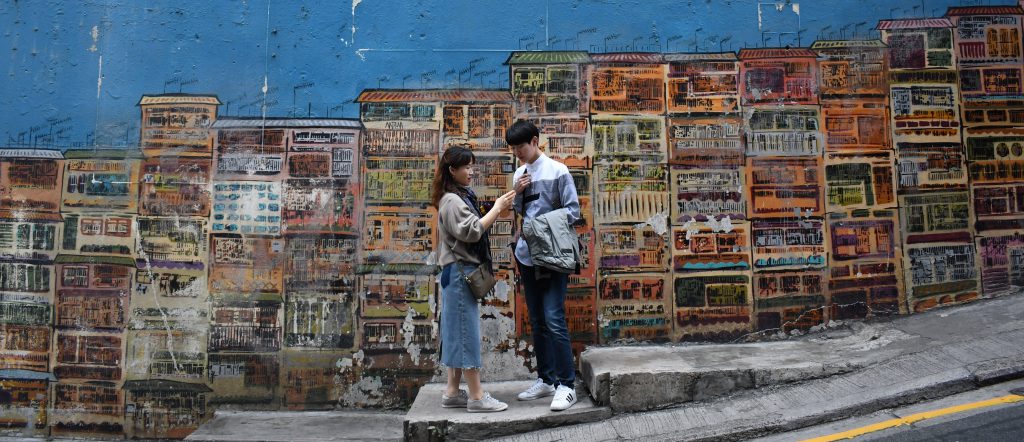
Edited by Valerie Wan








































